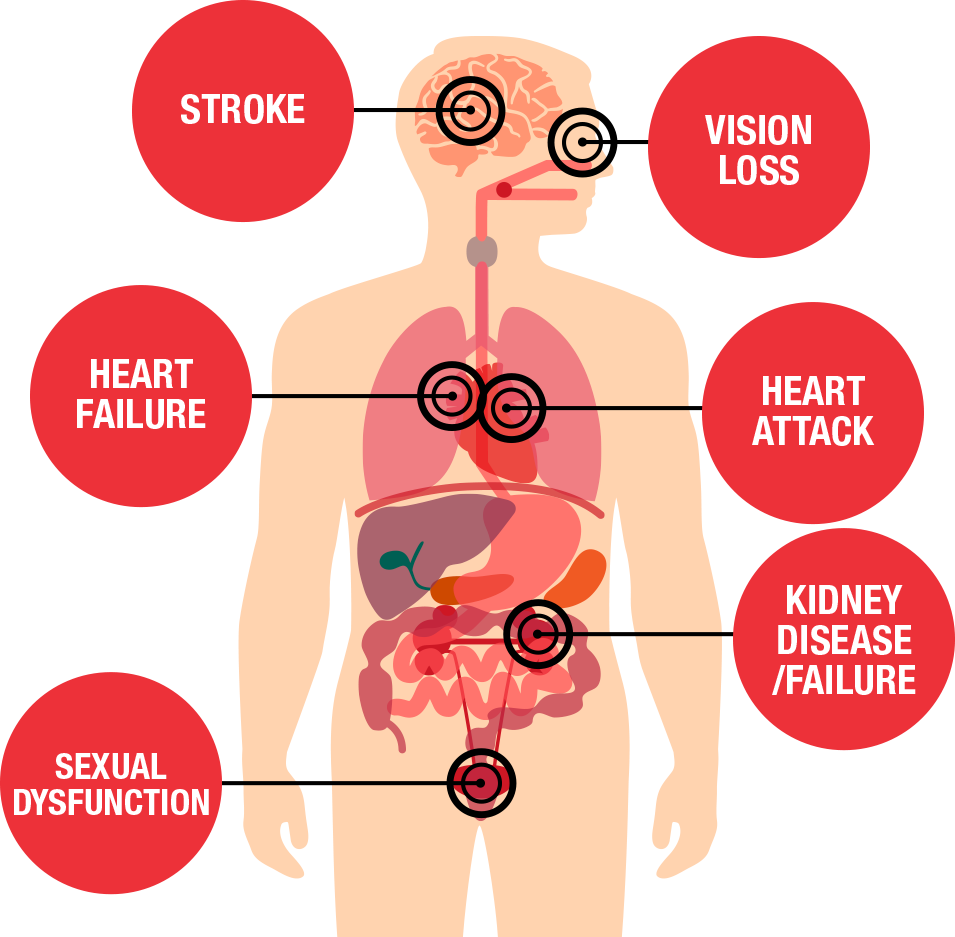Key Highlights
- High blood pressure, or hypertension, often shows no symptoms but can lead to heart attack and stroke.
- Nearly half of U.S. adults have high blood pressure—and many are unaware.
- Prevention includes lifestyle changes like exercise, healthy diet, and avoiding smoking.
High blood pressure—also known as hypertension—is one of the most common, yet most overlooked, health risks in the United States. According to the American Heart Association, this condition affects nearly half of all adults, and many don’t even realize it.
What Is High Blood Pressure?
High blood pressure happens when the force of your blood pushing against the walls of your arteries is consistently too high. This force can damage your blood vessels over time, leading to complications such as heart attacks, strokes, kidney damage, and more.
How Blood Pressure Works
Your blood pressure reading includes two numbers:
- Systolic: Pressure when the heart beats
- Diastolic: Pressure when the heart rests between beats
Together, they reflect the health of your heart and arteries. A normal reading is usually under 120/80 mm Hg.

(Photo credit: American Heart Association)
Know Your Numbers
The only way to detect high blood pressure is through regular monitoring. Many people live with dangerously high levels without any symptoms. That’s why early screening and diagnosis are critical.

(Photo credit: American Heart Association)
How It Damages the Body
When blood pressure stays high, it begins to damage the inner lining of arteries, causing tiny tears. The body tries to heal these tears by forming plaque—made of cholesterol and fats. This process, known as atherosclerosis, narrows the arteries and restricts blood flow, increasing pressure even further.

(Photo credit: American Heart Association)
Risk Factors and Prevention
- There are usually no obvious signs or symptoms.
- Family history, age, poor diet, smoking, and lack of exercise all increase your risk.
- Making healthy lifestyle choices can significantly reduce the risk.
Managing the Condition
If diagnosed with high blood pressure, your doctor may prescribe lifestyle changes or medications—or both. Effective management can prevent life-threatening complications and improve overall quality of life.
Final Thoughts
Monitoring, understanding, and managing your blood pressure is one of the most important things you can do for your long-term health. Awareness and proactive care remain the first line of defense against this silent killer.
(Source: American Heart Association) – Published for awareness purpose
A global media for the latest news, entertainment, music fashion, and more.















